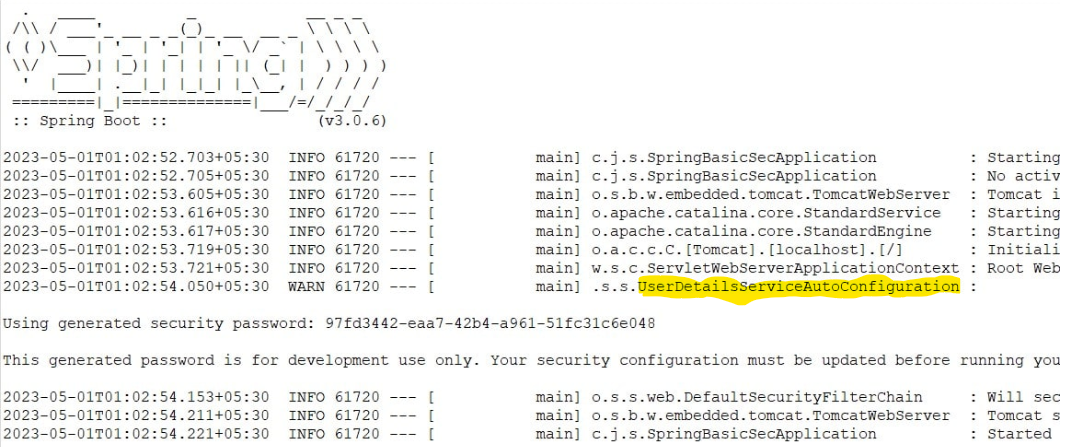When I deploy my Spring application via Spring Boot and access localhost:8080 I have to authenticate, but what is the username and password or how can I set it? I tried to add this to my tomcat-users file but it didn't work:
<role rolename="manager-gui"/>
<user username="admin" password="admin" roles="manager-gui"/>
This is the starting point of the application:
@SpringBootApplication
public class Application extends SpringBootServletInitializer {
public static void main(String[] args) {
SpringApplication.run(Application.class, args);
}
@Override
protected SpringApplicationBuilder configure(SpringApplicationBuilder application) {
return application.sources(Application.class);
}
}
And this is the Tomcat dependency:
<dependency>
<groupId>org.springframework.boot</groupId>
<artifactId>spring-boot-starter-tomcat</artifactId>
<scope>provided</scope>
</dependency>
How do I authenticate on localhost:8080?

